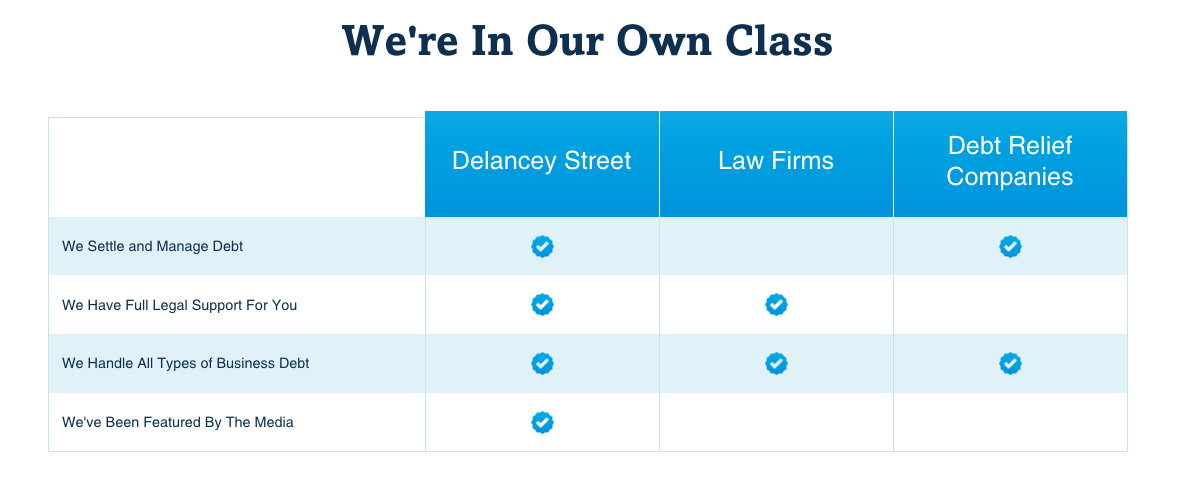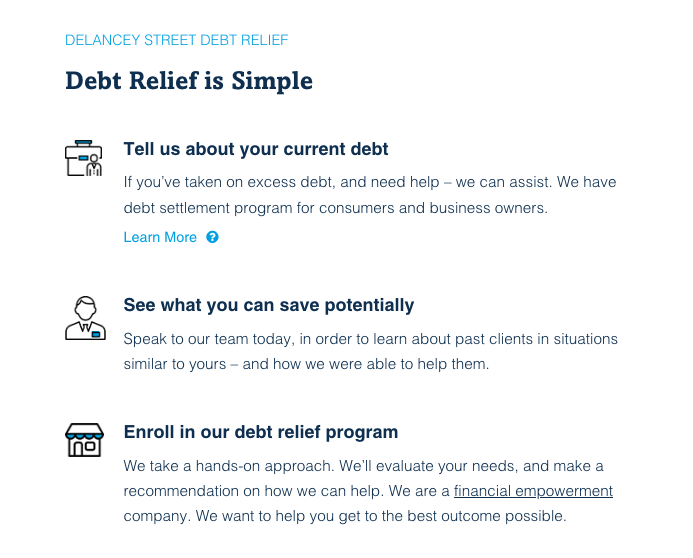USC 15 Section 1662(b) Explained: The Truth About Advertising Consumer Credit
What is the Truth in Lending Act?
Let’s start with the basics – the Truth in Lending Act (TILA) is a federal law that regulates consumer credit transactions. It requires creditors to disclose key terms and costs upfront, so consumers can compare different offers and avoid getting ripped off.The TILA covers all kinds of consumer credit – from mortgages and car loans, to credit cards and payday loans. Basically, if you’re borrowing money for personal, household or family purposes, the TILA has your back.One key part of the TILA is Section 1662(b), which deals with advertising consumer credit offers. So what does it actually say? Well, let’s break it down:
“No advertisement to aid, promote, or assist directly or indirectly any extension of consumer credit may state (1) that a specific periodic consumer credit amount or installment amount can be arranged, unless the creditor usually and customarily arranges credit payments or installments for that period and in that amount.”
Got it? Basically, if a lender advertises a specific loan amount or monthly payment, they have to actually offer those terms regularly. They can’t just use made-up numbers to get you in the door.The section continues:
 -
-“(2) that a specified downpayment is required in connection with any extension of consumer credit, unless the creditor usually and customarily arranges downpayments in that amount.”
This means lenders can’t advertise a downpayment amount that they don’t normally require from borrowers. No bait-and-switch tactics allowed!So in a nutshell, Section 1662(b) prohibits misleading ads about the key costs and terms of consumer credit products. The goal is to protect consumers from being misled into taking out loans they can’t actually afford or didn’t understand the true costs of.
Why is this section important?
You might be thinking – okay, but why does this specific part of the TILA really matter? Let me break it down for you:
- It prevents bait-and-switch tactics – Lenders can’t lure you in with fake low rates or downpayments, only to hit you with higher real costs later. The advertised terms have to be legit.
- It forces transparency – Creditors have to be upfront about the numbers they’re advertising. You’ll know what you’re actually signing up for.
- It levels the playing field – By requiring all lenders to play by the same rules on advertising, it helps consumers compare offers more easily.
- It discourages misleading marketing – Lenders can’t make up flashy fake numbers just to get attention. The ads have to reflect reality.
At the end of the day, Section 1662(b) is all about empowering consumers to make informed decisions about credit. With accurate advertising, you can cut through the noise and find the offers that truly fit your needs and budget.
Common Violations of Section 1662(b)
Even with the TILA’s protections, some creditors still try to push the boundaries with their advertising. Here are some of the most common Section 1662(b) violations to watch out for:
 -
-Advertising fake low rates
Some lenders might advertise a nice low interest rate – but that rate only applies under very specific conditions that hardly any consumers actually qualify for. When you go to apply, you get hit with much higher rates.For example, they might advertise “rates as low as 5.99% APR!” – but bury the tiny disclaimer that says that rate is only for people with perfect 850 credit scores and proof of $1 million in assets. Not exactly a realistic offer for most folks.
Fake low downpayment ads
Similar to the interest rate trick, some lenders love to advertise low downpayment requirements to grab your attention. “Get a new car with just $500 down!” seems like a great deal.But again, that low downpayment might only apply if you have stellar credit, a ton of income, and meet a bunch of other strict conditions. For normal consumers, the real required downpayment could be thousands more.
Bait-and-switch payment amounts
You might see an ad promising “Low monthly payments of just $199!” That sounds affordable, right? But then when you actually apply, you find out that’s the payment amount for a 96-month loan term – way longer than normal.Or maybe that payment is based on an interest rate or loan amount the lender doesn’t actually offer to most people. It’s a classic bait-and-switch move to get you in the door.
Incomplete or misleading disclaimers
To get around Section 1662(b), some shady lenders will try to cover themselves with disclaimers – but those disclaimers are either incomplete, misleading, or buried where no one will actually read them.For example, an ad might say “0% APR for 12 months!” in huge print – and then have an asterisk leading to tiny fine print that says “After 12 months, go to 29.99% APR.” That’s a pretty important detail to gloss over!The bottom line? If an advertised offer seems too good to be true, it probably is. Lenders have to follow the TILA’s rules – so be skeptical of any ads making claims that seem unrealistic or too vague.
What are the Consequences for Violating Section 1662(b)?
So let’s say a creditor does violate Section 1662(b) by making misleading advertisements about their credit terms and costs. What kind of consequences are they facing?Well, the TILA has some pretty serious penalties baked in for violations – including both monetary damages and potential criminal charges in some cases.On the civil side, Section 1640 of the TILA allows consumers to sue creditors for actual damages caused by any violations. So if you took out an expensive loan based on a misleading ad, you could potentially recover some of those costs.The TILA also allows for “statutory damages” of up to $5,000 per violation in individual cases, or up to $500,000 in class actions. And on top of that, you can recover court costs and attorney’s fees if you win.Those are some pretty hefty potential penalties – more than enough to discourage most lenders from trying to mislead consumers through their advertising.But it gets even more serious on the criminal side. Under Section 1611, knowingly violating the TILA’s advertising requirements is considered a federal crime. Offenders could face up to one year in prison, along with potential fines.Now, criminal prosecutions under the TILA are relatively rare – but they do happen on occasion for the most egregious violations. And just the threat of criminal liability is often enough to keep most creditors in line.At the end of the day, the TILA has real teeth when it comes to enforcing Section 1662(b) and protecting consumers from misleading credit advertising. Lenders who try to skirt the rules are taking a major risk.
 -
-H3: Exceptions and Limitations to Section 1662(b)
Like any law, Section 1662(b) of the TILA does have some exceptions and limitations to be aware of. Here are a few key ones:
- It only applies to consumer credit – The advertising rules in 1662(b) only cover credit extended to individuals for personal, family or household use. Business, commercial and organizational credit is exempt.
- It doesn’t cover all credit terms – While 1662(b) regulates advertising about payment amounts and downpayments, it doesn’t cover other key terms like interest rates or fees. Those are addressed in other TILA sections.
- Context matters – According to court precedents, whether an ad violates 1662(b) depends heavily on the overall context and impression it gives consumers. Disclaimers and qualifications can sometimes cure potential violations.
- Media is generally exempt – Under Section 1665, the owners of websites, publications, broadcasters and other advertising media generally can’t be held liable for TILA violations in ads they run. The responsibility falls on the creditor.
- Private enforcement has limits – While the TILA allows for private lawsuits over Section 1662(b) violations, there are some restrictions. For example, you generally can’t sue over ads alone – you need to have actually obtained credit from the violating lender.
So while Section 1662(b) provides important protections for consumers, it’s not an absolute blanket ban on any potentially misleading advertising claim. Context, exceptions and limitations all come into play.
Checking for TILA Compliance
Given the potential legal risks of violations, how can creditors ensure their advertising practices comply with Section 1662(b) and the rest of the TILA? Here are some best practices:
 -
-- Review all marketing materials – Beyond just ads, creditors should audit all consumer-facing marketing like websites, brochures, scripts for phone/email reps, social media, etc. Violations can happen anywhere.
- Implement clear policies and training – Having robust, written policies and regular employee training on TILA compliance for marketing and advertising can prevent unintentional violations.
- Consult compliance professionals – Bringing in outside TILA compliance experts and legal counsel to review advertising campaigns can identify potential risks before they become problems.
- Monitor enforcement actions – Keeping up with TILA enforcement actions and court rulings provides guidance on how regulators and judges are interpreting advertising requirements.
- Centralize advertising oversight – Having a centralized team or process for approving all consumer credit advertising can ensure consistent compliance.
- Audit regularly – Conducting periodic audits of advertising materials and practices can catch any potential violations before they escalate.
The bottom line is that a ounce of prevention is worth a pound of cure when it comes to TILA advertising compliance. With some upfront effort, creditors can market their products compliantly and avoid costly penalties down the road.
The Impact on Consumers
At the end of the day, Section 1662(b) and the rest of the TILA’s advertising rules are all about protecting consumers. But what kind of real-world impact do these regulations actually have? Let’s take a look:
- More transparent pricing – By requiring truth in advertising, the TILA forces lenders to be upfront about the true costs of their credit products. This makes it easier for consumers to compare offers apples-to-apples.
- Fewer misleading claims – With stiff penalties for violations, creditors have a strong incentive to avoid making false or deceptive advertising claims that could mislead borrowers.
- Increased consumer confidence – When consumers know lenders have to follow strict advertising rules, it increases confidence and trust in the credit market as a whole.
- Better ability to spot scams – Educated consumers who understand advertising requirements can more easily identify predatory lenders trying to skirt the rules with too-good-to-be-true claims.
- Easier comparison shopping – By standardizing how credit costs and terms are advertised, the TILA makes it simpler for consumers to compare different lenders and find the best overall deal.
- Fewer unaffordable loans – If lenders can’t lure people in with unrealistic teaser rates or downpayments, it reduces the risk of consumers taking on loans they can’t actually afford.
Of course, no law is perfect – and the TILA alone can’t completely eliminate misleading advertising or predatory lending practices. But by giving consumers more accurate information upfront, it absolutely empowers them to make smarter borrowing decisions.At the end of the day, that’s what rules like Section 1662(b) are all about – arming consumers with the facts they need to find affordable, transparent credit on fair terms. It’s a valuable consumer protection that continues to make a real difference.
Getting Help with TILA Compliance
Navigating all the requirements of the Truth in Lending Act – including Section 1662(b)’s advertising rules – can seem daunting for creditors, especially smaller firms without big legal teams. But you don’t have to go it alone.At the Spodek Law Group, our team has extensive experience helping lenders and other financial service providers ensure full compliance with federal lending laws like the TILA. We can:
- Conduct comprehensive TILA compliance audits and risk assessments
- Review marketing materials, websites, ads and more for potential violations
- Develop robust policies, procedures and training programs
- Represent clients in TILA enforcement actions and litigation
- And much more
We know the TILA inside and out – including all the nuances of Section 1662(b)’s advertising requirements. So whether you need a quick marketing compliance check or an overhaul of your entire TILA program, we’ve got you covered.







